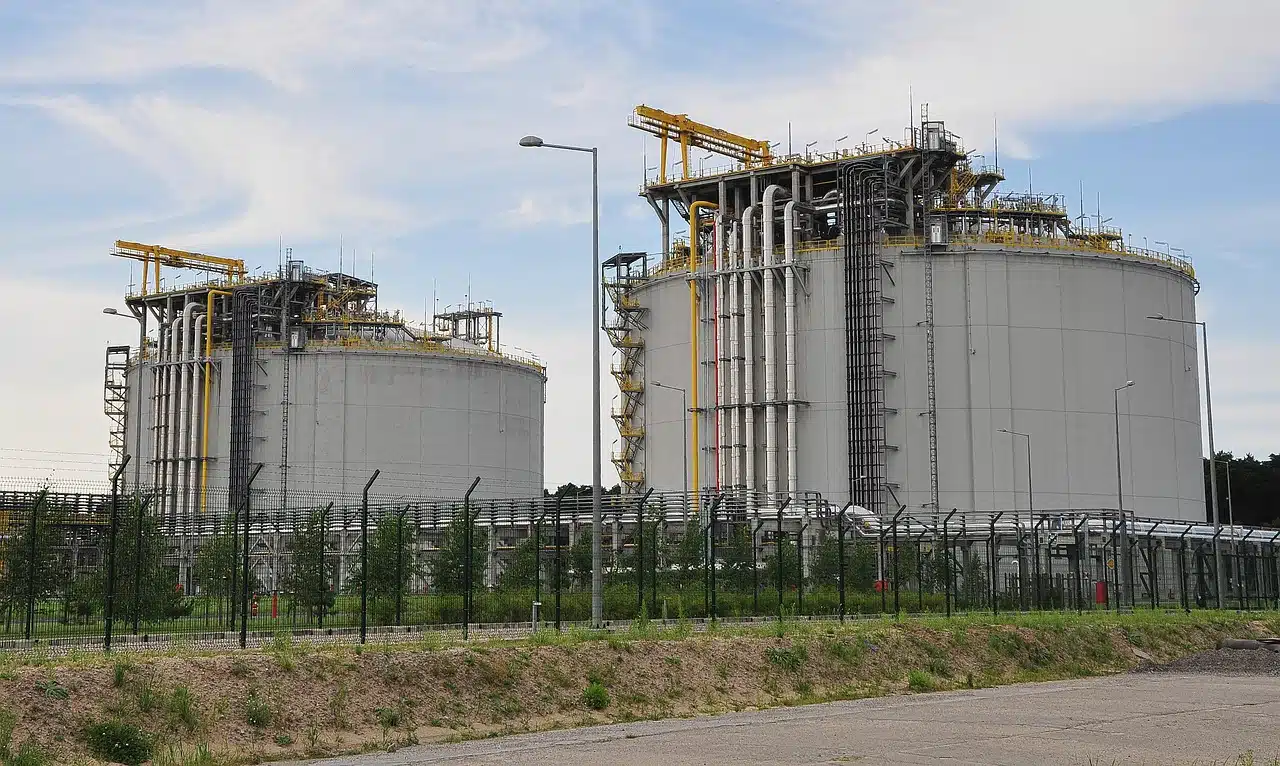Oil production has officially resumed at Libya’s Mabruk oilfield after a decade-long shutdown due to insecurity and regional tensions.
The Tripoli-based Government of National Unity (GNU) announced this in a statement on Wednesday, subsequent to Libya’s National Oil Corporation (NOC) launching its initial bidding round for oil exploration in February.
Libya’s oil production officially recommenced on Sunday at an initial rate of 5,000 barrels per day, with plans to increase to 7,000 barrels per day by the end of March and 25,000 barrels per day by July.
“This marks a significant step forward in Libya’s oil sector, reflecting improved stability and confidence in our capacity to rebuild and boost the national economy,” as contained in the statement.
Crude oil transfer to the nearby Al-Bahi field began on Tuesday as part of efforts to enhance the efficiency of the country’s oil infrastructure and operations.
Masoud Suleiman, the newly appointed Chairman of NOC, had previously articulated an ambitious plan in February to increase the country’s oil production to 2 million barrels per day (bpd) within the next three years, a target he emphasized will necessitate adequate funding support for crucial investments in the oil sector.
Earlier in the first quarter of 2023, NOC announced its intention to restart the Mabruk oilfield, with a production target of up to 25,000 barrels per day.
The field had been shut down in 2015 after a “terrorist” attack that resulted in the company incurring $575 million in lost field equipment.
Since 2011, internal hostilities and infrastructural damage have hindered Libya, which possesses Africa’s largest proven oil reserves, from maintaining consistent output levels.
The nation’s output decreased by over 700,000 barrels per day (bpd) in August 2023, and exports were suspended as political instability threatened to undo four years of relative stability.
Located 800km east of Tripoli, the Mabruk oilfield was producing 34,000 bpd before its closure in 2015 due to armed conflicts.
Libya produced approximately 1.8 million barrels of oil per day (mbbl/d) on average prior to the upheaval, but by 2023, that figure had declined to around 1.27 mbbl/d.
Since the overthrown of Muammar Gaddafi in 2011, Libya, one of Africa’s major oil producers and a member of the Organization of the Petroleum Exporting Countries (OPEC), has experienced fluctuations in its oil production due to internal conflict.









